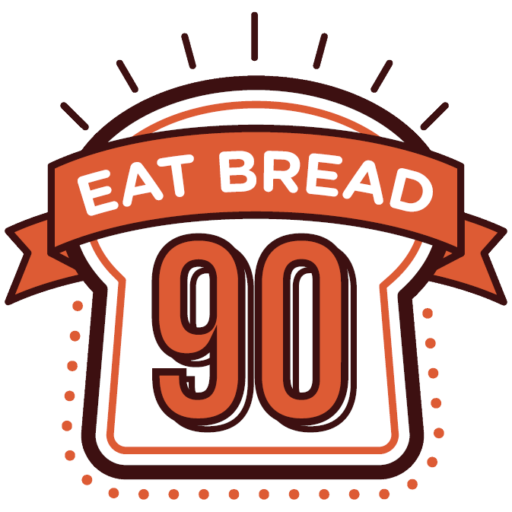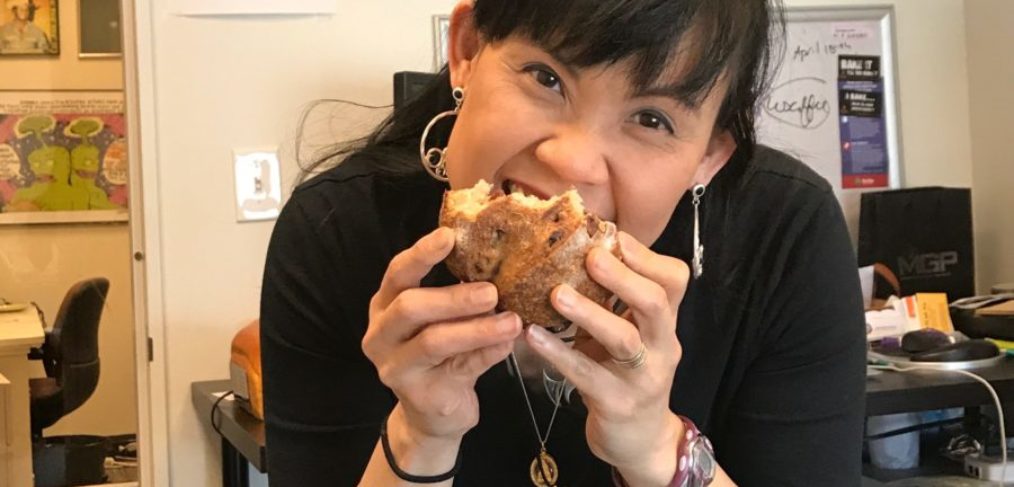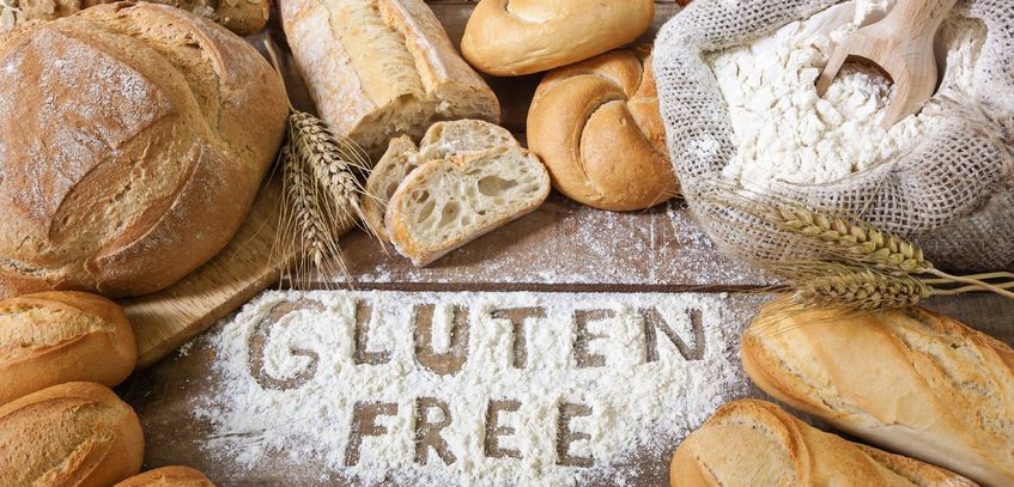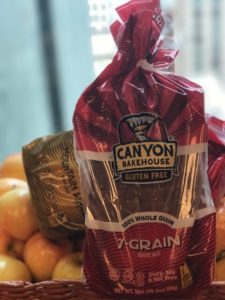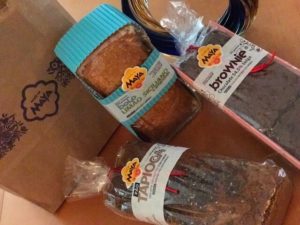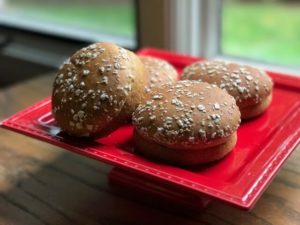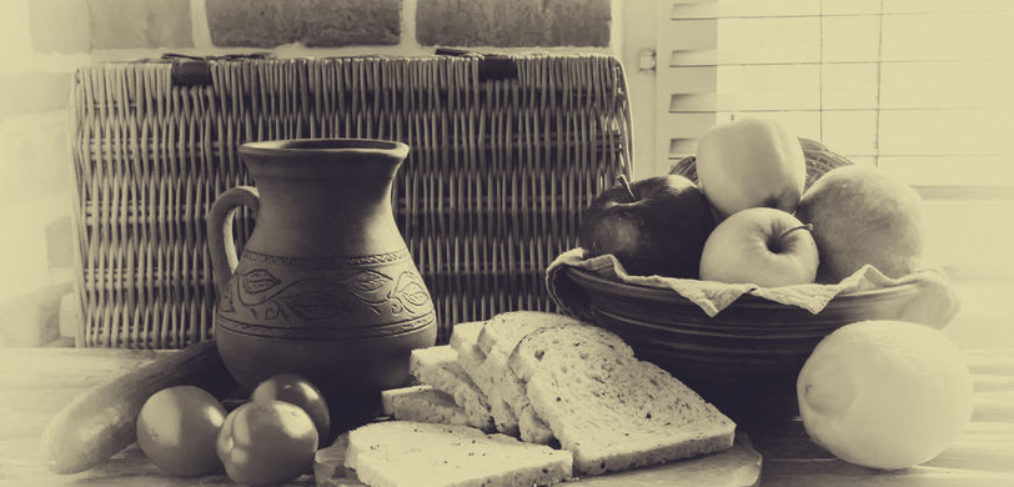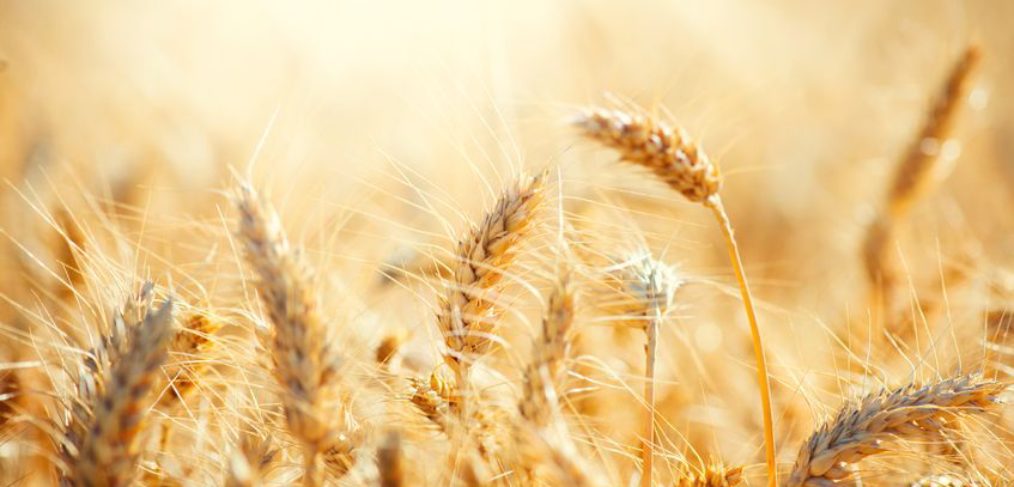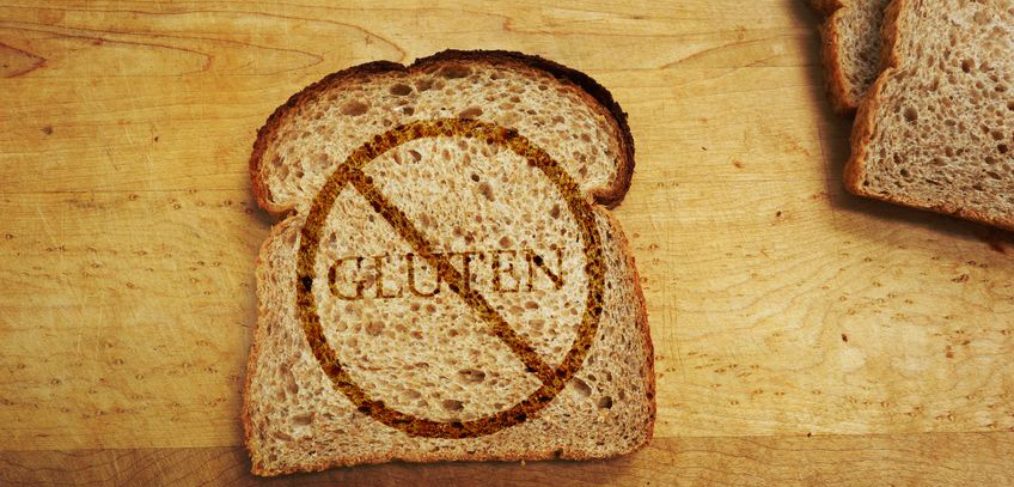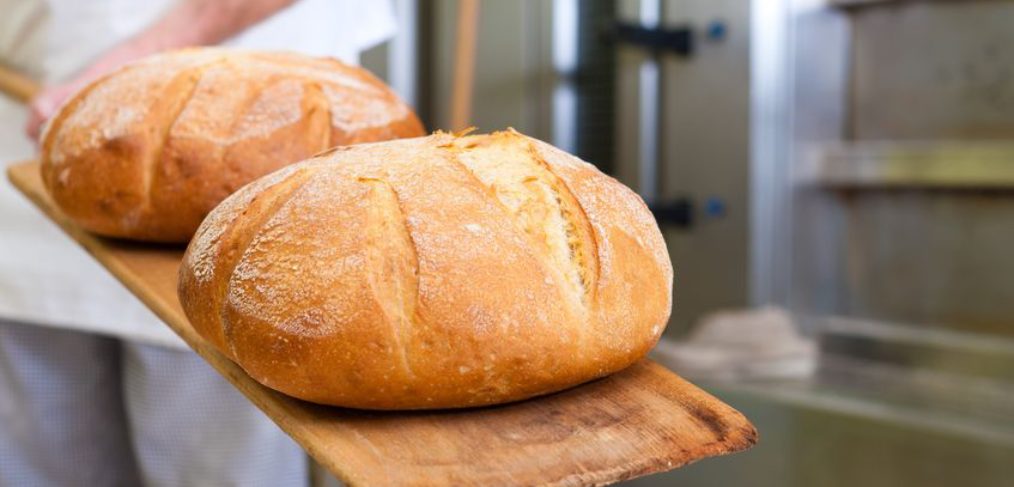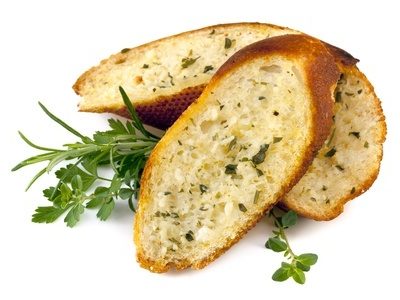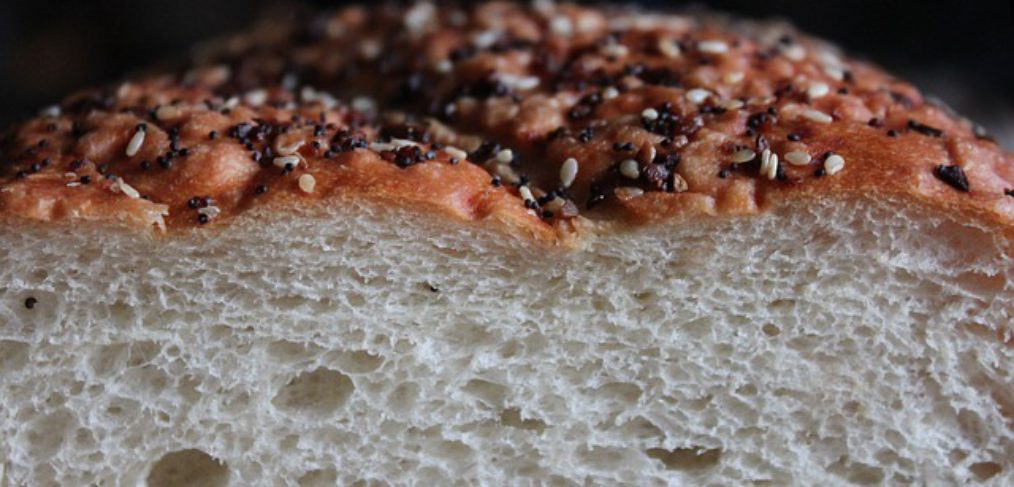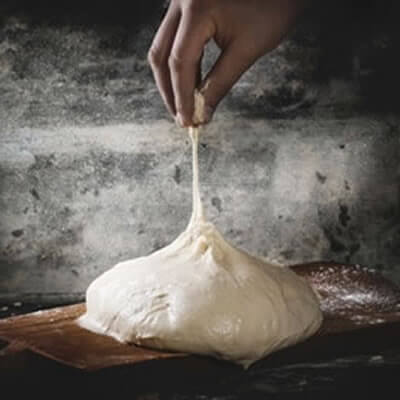NOPE! I’m just getting started.
After eating a loaf of bread a day for 90 days, you may think I would be done with bread-based diets…you seriously underestimate my love for bread.
I started my EatBread90 project to prove:
- Bread is NOT bad for you
- You can eat a high-carb diet and not gain weight.
I had heard too many times that bread makes you fat, it will make you gluten-intolerant, and grains are not meant for human consumption.
However, the results backed up my claims: I did not gain any weight, maintained a healthy nutritional profile, and was not bloated or uncomfortable. The journey also sparked conversations that helped give bread a good name. I got to cover healthy bread innovations, dive into the science of grains, and gain insight on how to market bread in an anti-bread climate.
As successful as the 90 days were, there’s still work to be done. So this time, I’m taking it a step further:
I will consume 6-8 slices, about half a pound, of bread a day to lose at least 10 lbs in 90 days.
Why the focus on weight loss this time?
Even if products like sprouted grain bread or whole grain bread are being recognized for their nutrition, people are still cutting carbs when focusing on weight loss. Paleo, Keto, and gluten-free are major trends right now, all focused around the idea carbs are the key to shedding those extra pounds.
However, the carbs found in whole grains are actually an important part of diet. And lipid catabolism is a highly effective weight loss technique that relies on carbs. My goal is to show that along with healthy eating, portion control and exercise, you can still enjoy bread!
Eat Bread 90, Round II
So for 90 days, I’ll be including around a loaf of bread ad day in my diet. I’ll also be exercising, eating healthy, and documenting it all. So come along with me as I discover tasty loaves, cover bread facts, and make more bread puns than you’ll know what to do with. I’ll be posting weekly updates on EatBread90.com, as well as highlighting the bread I eat—feel free to follow along!
If you run a bakery and would like to be a part of this journey, send your lovely loaves to:
707 SW Washington St., #1100, Portland, OR 97205. Attn: Ms Ana Rinck, Operations Manager, BAKERpedia.
